Results
-
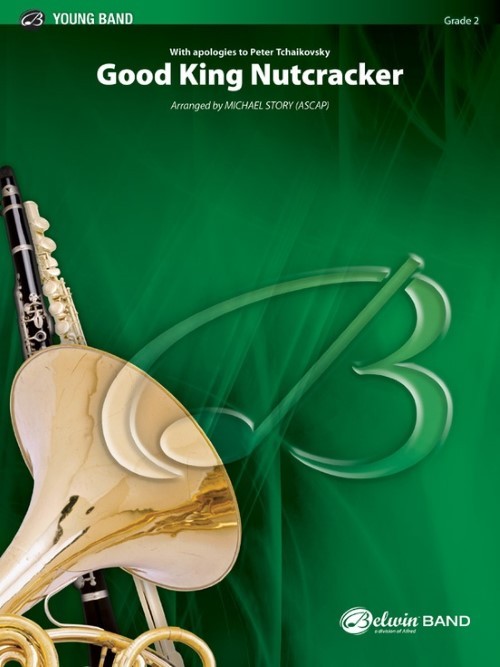 £60.50
£60.50Good King Nutcracker (Concert Band - Score and Parts) - Tchaikovsky, Peter Ilyich - Story, Michael
Good King Nutcracker is based on the popular holiday carol Good King Wenceslas, set in four variations mimicking the style and setting of four scenes from Tchaikovsky's ballet, The Nutcracker. Have all your holiday bases covered with this creative and inspiring work. Duration: 3.15
Estimated dispatch 7-14 working days
-
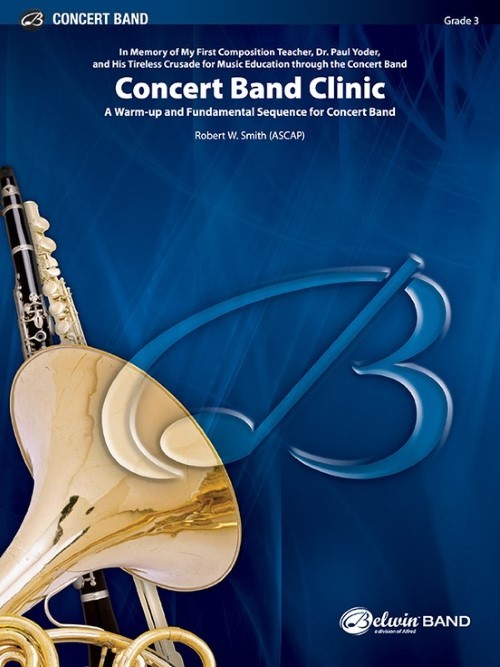 £73.50
£73.50Concert Band Clinic (Concert Band - Score and Parts) - Smith, Robert W.
A Warm-Up and Fundamental Sequence for Concert Band. Progressive in depth and organization, this is the third of four comprehensive warm-up programs used by Robert W. Smith at the podium of every honor band he guest conducts. This warm up program is designed for use in any key with just a standard student part to be included in the band's folders. This Clinic will provide everything you need for your daily warm-up and support your teaching objectives, as well as accommodate the National Standards for Music Education. There are four segments in each Clinic: tone, technique, theory and composition, and chorale. The recording included is only the fourth portion; the chorale.
Estimated dispatch 7-14 working days
-
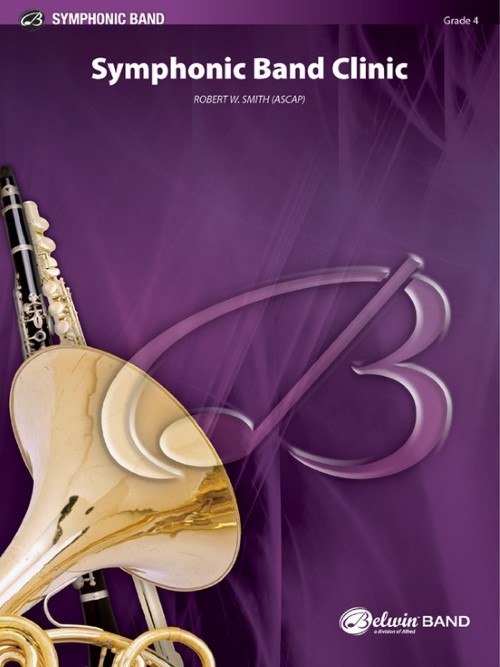 £84.50
£84.50Symphonic Band Clinic (Concert Band - Score and Parts) - Smith, Robert W.
A Warm-Up and Fundamental Sequence for Concert Band. Progressive in depth and organization, this is the fourth of four comprehensive warm-up programs used by Robert W. Smith at the podium of every honor band he guest conducts. This warm up program is designed for use in any key with just a standard student part to be included in the band's folders. This "Clinic" will provide everything you need for your daily warm-up and support your teaching objectives, as well as accommodate the National Standards for Music Education. There are four segments in each Clinic: tone, technique, theory and composition, and chorale. The recording included is only the fourth portion; the chorale. Chorale only duration: 1:10
Estimated dispatch 7-14 working days
-
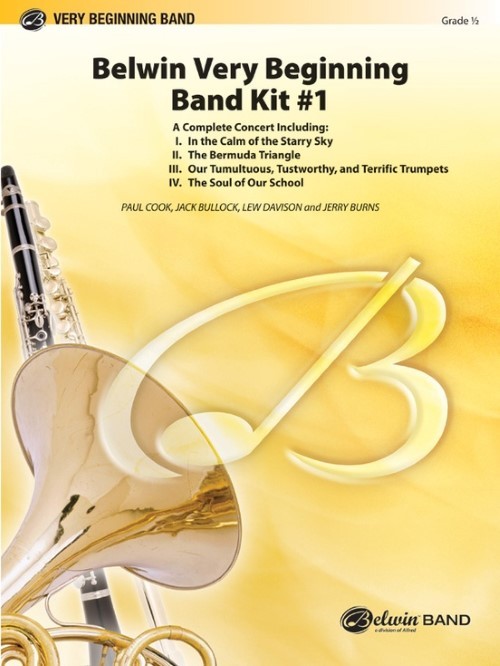 £58.50
£58.50Belwin Very Beginning Band Kit No.1 (Concert Band - Score and Parts)
Four brand new original band composers have been joined to create an excellent choice for your entire first concert. Accommodating your beginners' endurance, all of these four short works appear on a single two-page spread. You can play them all at one concert or one-at-a-time in different programs. This great new kit includes Paul Cook's "In the Calm of the Starry Sky," Jack Bullock's "The Bermuda Triangle," a trumpet feature by Lew Davison called "Our Tumultuous, Trustworthy, Terrific Trumpeters," and closes with Jerry Burns' "The Soul of Our School." The Belwin Very Beginning Band Kit No.1 will be a great, value-packed addition to your library.Duration: 3:30
Estimated dispatch 7-14 working days
-
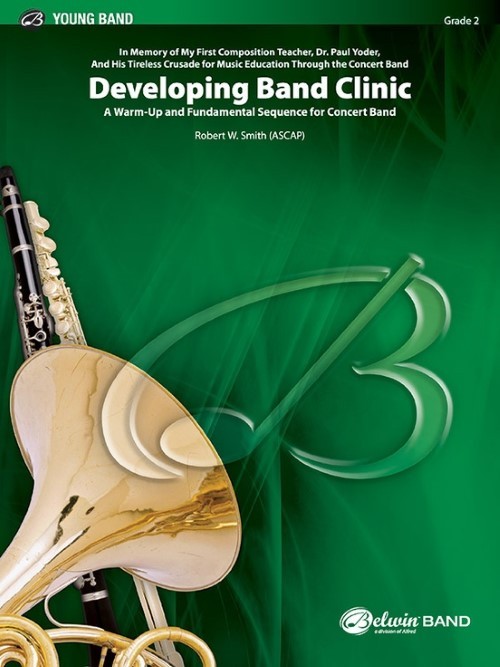 £60.50
£60.50Developing Band Clinic (Concert Band - Score and Parts) - Smith, Robert W.
A Warm-Up and Fundamental Sequence for Concert Band. Progressive, in-depth and highly organized, this is the second of four comprehensive warm-up programs used by Robert W. Smith at the podium of every honor band he guest conducts. This warm up program is designed for use in any key with just a standard student part to be included in the band's folders. This Clinic will meet your daily warm-up needs, support your teaching objectives, and accommodate the National Standards for Music Education. There are four segments in each Clinic: tone, technique, theory and composition, and chorale. The recording included is only the fourth portion; the choral.
Estimated dispatch 7-14 working days
-
 £53.95
£53.95First Band Clinic (Concert Band - Score and Parts) - Smith, Robert W.
This warm-up program is designed for student transposition to any appropriate key. This single band part for inclusion in the students' folders will exceed your daily warm-up and teaching objectives while meeting the National Standards. There are four segments in each "clinic": tone, technique, theory and composition, and a chorale. Progressive, in-depth and highly organized, this is the first of four comprehensive warm up programs used by Robert W. Smith from the podium at every honor band he guest conducts. The recording included is only the fourth segment; the chorale.
Estimated dispatch 7-14 working days
-
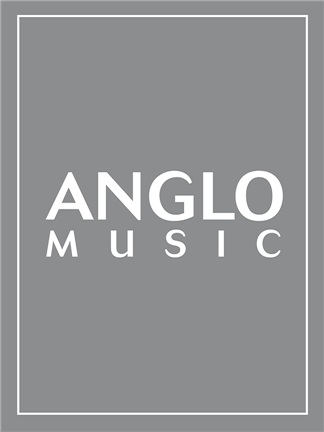 £470.99
£470.99Earth, Water, Sun, Wind (Symphony No.1) (Concert Band - Score and Parts) - Sparke, Philip
Earth, Water, Sun, Wind is a four movement work with the unifying theme of these four elements. The music varies from being purely descriptive of the movements' titles to specific sound painting - Earth, for example, is pure music and non programmatic whereas Sun attempts to paint a specific sound picture. The Symphony as a whole concerns itself with man's relationship with these monumental aspects of nature.Duration 31:30Recorded on Anglo Records AR001-3 Earth, Water Sun, Wind
Estimated dispatch 7-14 working days
-
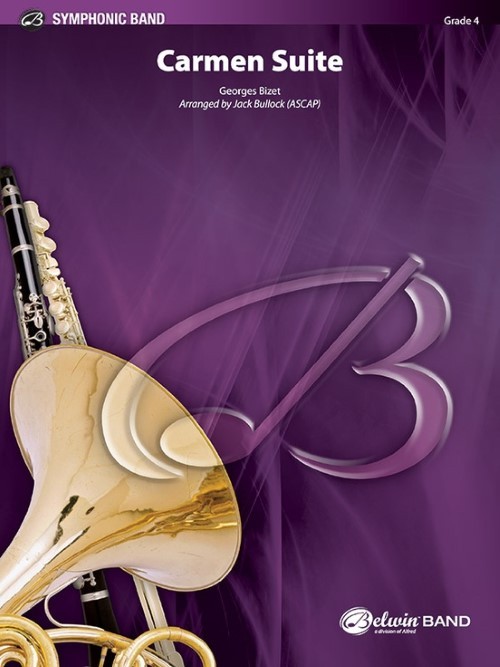 £82.95
£82.95Carmen Suite (Concert Band - Score and Parts) - Bizet, Georges - Bullock, Jack
The story of Carmen is set in Seville, Spain, in 1820. It is story of a passionate, fickle, gypsy girl, Carmen, who is one of six major roles in the opera. The story, in four acts, is action-packed, animated, flowing, and never uninteresting. Bizet was well acquainted with Spanish folklore and folk music through his many visits to Spain. For Carmen, he composed a score that is rhythmical, tuneful, and characteristic of the gypsy lifestyle. The adaptation for concert band is a suite in four movements that retains the spirit of the original production.
Estimated dispatch 7-14 working days
-
 £72.99
£72.99Circus Bamboni Wind Band Set (Score & Parts)
COME ONE AND ALL! Come see the great Circus Bamboni! This four movement work, with flexible four part instrumentation (+ Drum Kit), will amaze and charm you like no other. The first movement features the band as it tunes up and prepares for the show. Then the talented trapeze artists make an appearance as they fly through the sky high above the audience. The elephants parade around the ring with their very own Elephant Samba and the clowns follow leaving you in stitches! A thunderous chord and lots of applause bring the show to a breathtaking finale. 0:04:55
Estimated dispatch 7-14 working days
-
 £154.99
£154.99Concertino for Xylophone Wind Band Set (Score & Parts)
This composition was commissioned by "Koningin Wilhelmina Wamel" on the occasion of its one hundred year anniversary. That it is a composition for xylophone and concertband lies in the fact that Harmony has a very talented, young percussion player in the person of Barry Jurjes. The piece is both melodically and harmonically based on four notes (C - Dflat - F - G). The structure is divided into four parts: slow - fast - slow - fast. 08:00
Estimated dispatch 7-14 working days
